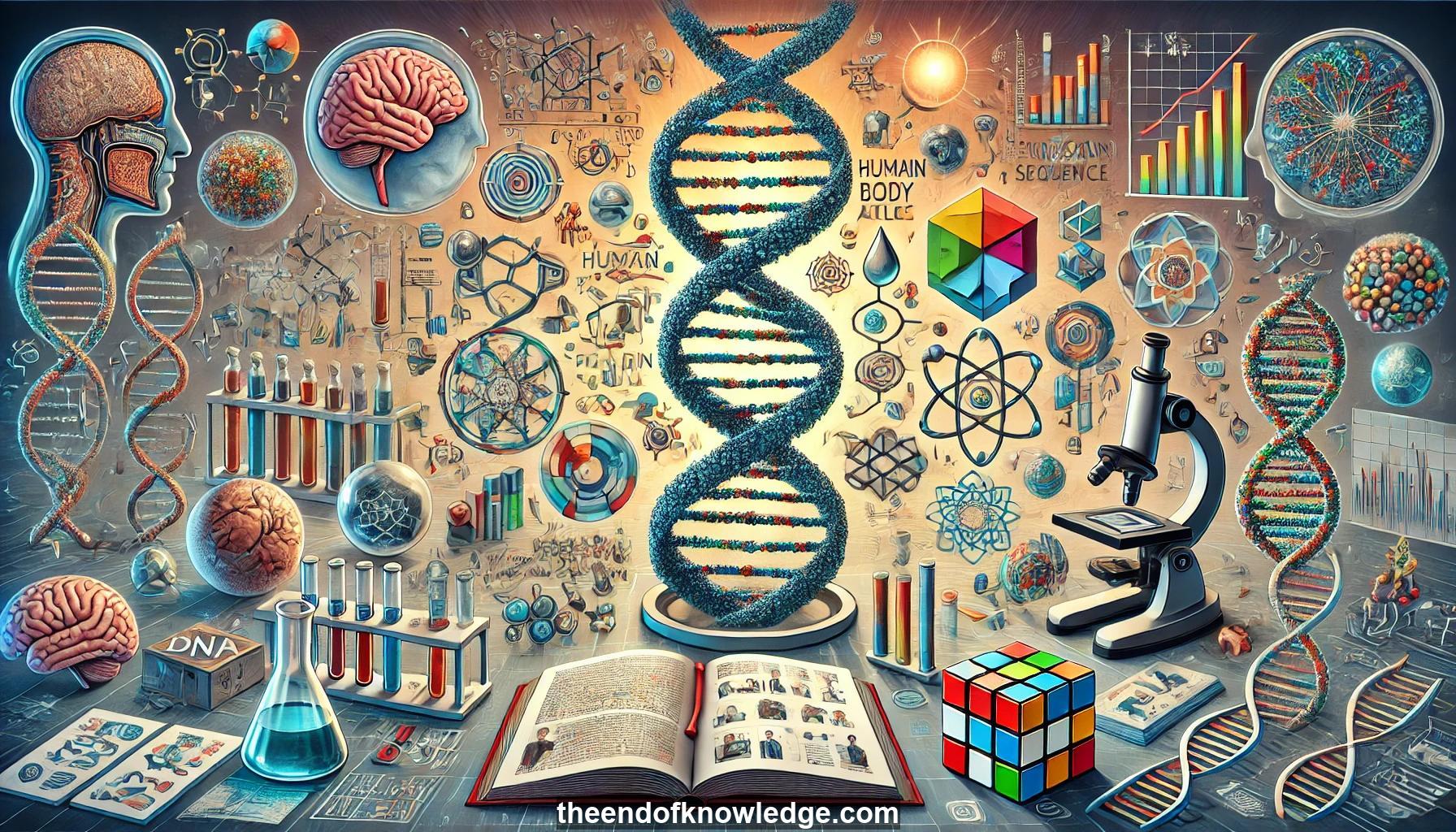 >
>
Concept Graph & Resume using Claude 3.5 Sonnet | Chat GPT4o | Llama 3:
Resume:
1.- Genentech aims to double medical advances at lesser cost to society by leveraging machine learning and human biology insights.
2.- Human genetics has identified ~100,000 genome regions associated with disease risk, providing starting points for drug discovery.
3.- Drug discovery faces challenges due to enormous possibility spaces in biology, chemistry, and medicine, with few realizable options.
4.- Four catalysts driving progress: human biology studies, high-resolution/scale methods, new therapeutic modalities, and advances in computation/machine learning.
5.- Perturb-seq enables profiling gene expression changes from genetic perturbations at single-cell resolution, allowing inference of gene regulatory networks.
6.- Causal factor graph models can learn from large-scale perturbation data, predicting impacts of unseen perturbations better than previous approaches.
7.- Compressed experimental designs allow efficient exploration of genetic interactions by profiling multiple perturbations simultaneously and computationally decompressing effects.
8.- The Human Cell Atlas project provides single-cell and spatial profiling data of the human body, aiding in understanding disease mechanisms.
9.- Similarity search tool uses deep metric learning to find similar cell types across studies, aiding in identifying relevant cells for experiments.
10.- Lab-in-the-loop concept applies to target discovery, drug discovery, and clinical development, iteratively improving models and experiments.
11.- Deep manifold sampler for antibody engineering allows exploring fitness landscapes and generating diverse sequence designs with functional improvements.
12.- Multisegment preserving sampling balances conserved and variable regions in protein families during optimization.
13.- Small molecule drug discovery uses virtual screens with trained oracles to predict active molecules from billions of possibilities.
14.- Models for small molecule discovery face challenges in out-of-distribution generalization, including new scaffolds and activity cliffs.
15.- Personalized neoantigen vaccines use transformer models to predict peptide presentation and immunogenicity from tumor mutations.
16.- Machine learning aids in improving clinical trials by identifying genetic factors contributing to adverse events and treatment responses.
17.- Genentech commits to inclusive research and health equity, expanding clinical trial access to underrepresented populations.
18.- The company invests in collecting diverse research data and building human-derived models reflecting human diversity.
19.- Genentech shares data, publishes papers, and develops open-source tools to support collaborative research.
20.- Perturbational atlases are needed to provide causal insights beyond observational data in biological systems.
21.- Biology offers unique opportunities for interventional data through genetic perturbations, valuable for machine learning.
22.- Public-private partnerships are addressing data gaps in small molecule research, especially for antibiotic discovery.
23.- Combining perturbation data with human genetics can improve identification of gene interactions in disease.
24.- Aligning scaffold space with target space remains a challenge in small molecule design.
25.- Collaboration between domain experts (e.g., chemists, biologists) and computer scientists is crucial for advancing drug discovery.
26.- Genentech uses CRISPR technology for genetic perturbations in pooled screens.
27.- The company develops interpretable models for predicting molecule activities, aiding medicinal chemists in drug design.
28.- Genentech collaborates with BioNTech on personalized cancer vaccines using RNA technology.
29.- The company applies machine learning across multiple therapeutic modalities, including antibodies, small molecules, and cell/gene therapies.
30.- Genentech emphasizes the importance of causality in biological insights for successful drug development.
Knowledge Vault built byDavid Vivancos 2024